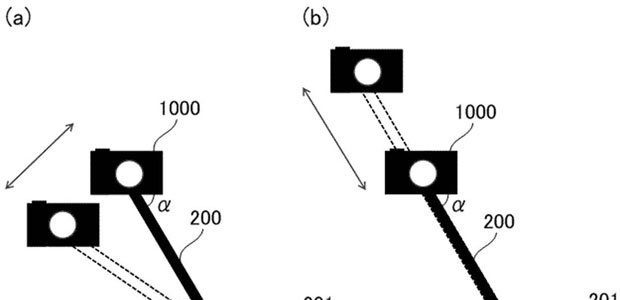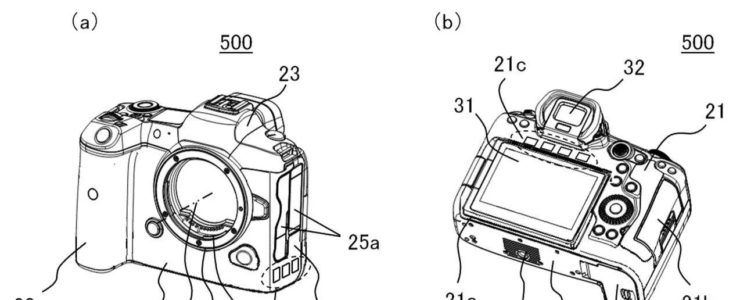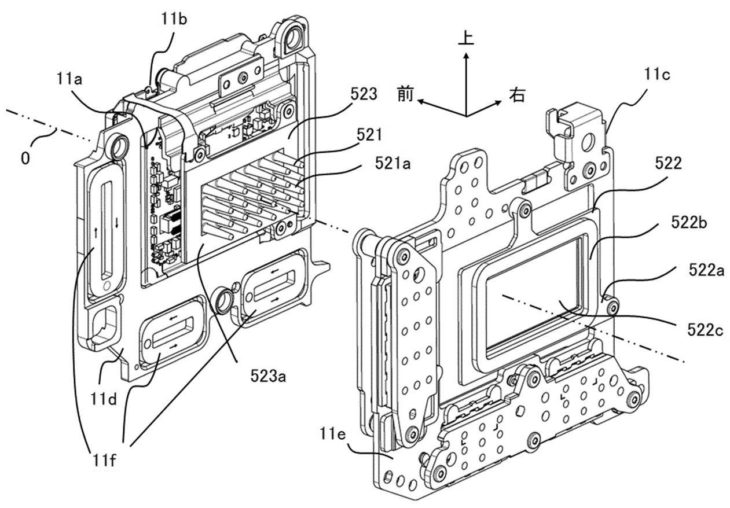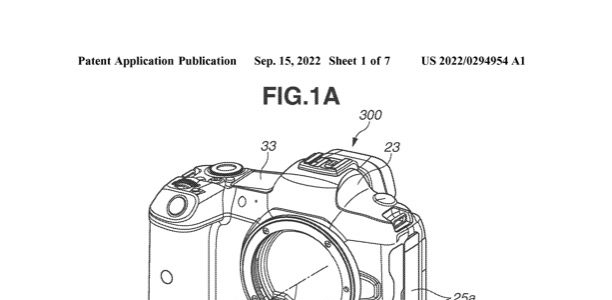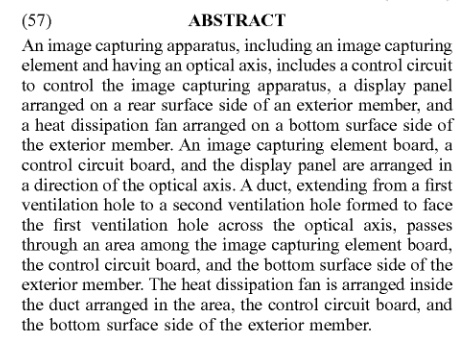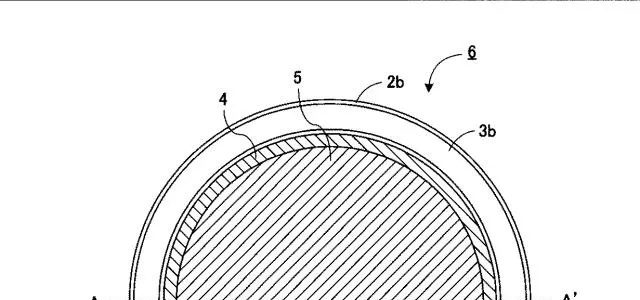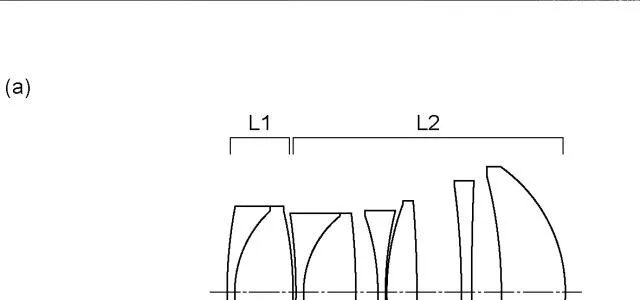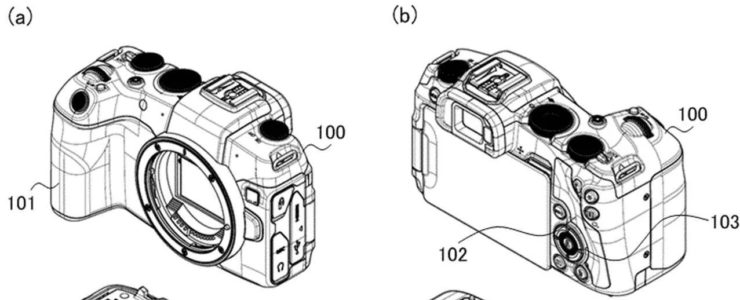Canon Patent: Automatic Self-composing Selfie Stick (extends, retracts, changes angle)
You read it right. This Canon patent application might refer to a selfie stick that automagically adjusts length and angle to take the perfect selfie.
Canon patent application 2021040089 (published 9/26/2022, Japan) discusses methods and technology for an automatically self-composing, robotic selfie stick. From the patent literature:
An object of the present invention is to provide an imaging device capable of adjusting the composition in real time when taking a selfie.
An imaging apparatus as one aspect of the present invention includes an imaging unit, an extendable rod attached to the imaging unit, a grip provided on the rod, and a target composition and a current composition of the imaging unit. control means for adjusting the composition of the imaging unit based on the difference, wherein the control means controls the focal length of the imaging unit, the first angle between the imaging unit and the rod, the grip unit and the At least one of a second angle with the bar or the length of the bar is changed to adjust the composition.
The Canon patent’s selfie stick adjusts the composition of a selfie by recognizing the subject and automatically extending or retracting the stick, and by adjusting the angle. A fully automatic composition for the perfect selfie.
The Canon patent was spotted by Digicame Info. More Canon patent applications are listed here. Some particularly interesting patent applications we think might get into production are these:
- RF 16-28mm lens with either f/2.8, f/2.8-4, or f/4
- Automatic shutter silencing based on subject and distance
- A bunch of prime lenses for the RF mount
- An improved Electronic Viewfinder
- Patent application for RF 50mm F1.4 and an RF 35mm f/1.4 lenses
- A zoom lens that might be for an EOS R with APS-C sensor
- A smaller IBIS unit.
- A cooling adapter for the RF mount (R5 overheating?)
- A bunch of macro lenses for the RF mount.
- A 8mm f/4 circular fisheye lens for the Canon EOS R system
- A battery grip that works with differently siszed cameras
- A 100-400mm f/5.5-7.1 lens for APS-C cameras. EOS M or DSLR?
- RF 17-70mm lens for EOS R system
- IBIS coming to the EOS M and PowerShot lineup?
- Patent Application: mirrorless camera with large display and virtual control wheel
- Patent Application: IBIS and Lens IS Working Together
- Patent application for high speed mirror movement and control
- Patent application for an RF 14-28mm f/2 lens
- Patent application for an RF 50mm f/1.8 lens
- Patent application for a smart lens cap
- Patent application for celestial auto-focus
- Patent application describing a Pop-Up Flash With LED
- Patent application describing the optical formula for a RF 70-300mm F/4-5.6 IS lens for EOS R systems
- Patent application describing how to improve burst rate by compressing raw files
- Patent application describing a new way to review photos from a sequential shot
- Patent application that describes technology to improve wireless communication while reducing power consumption
- Patent application to spot and reduce moire artefacts in image data
- Patent application for weather sealed lens adapter
- Patent application for AI powered predictive camera control system
- Patent application for 18-55mm kit lens with LCD display
- Patent application to reduce noise in image files

